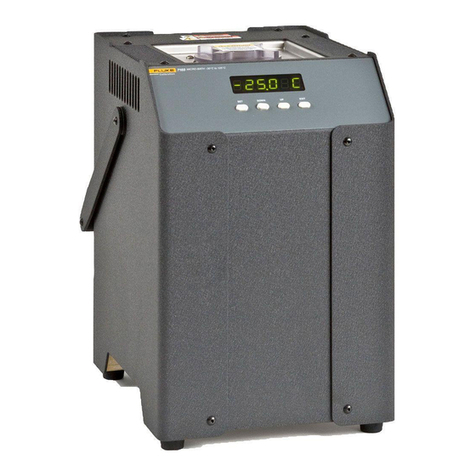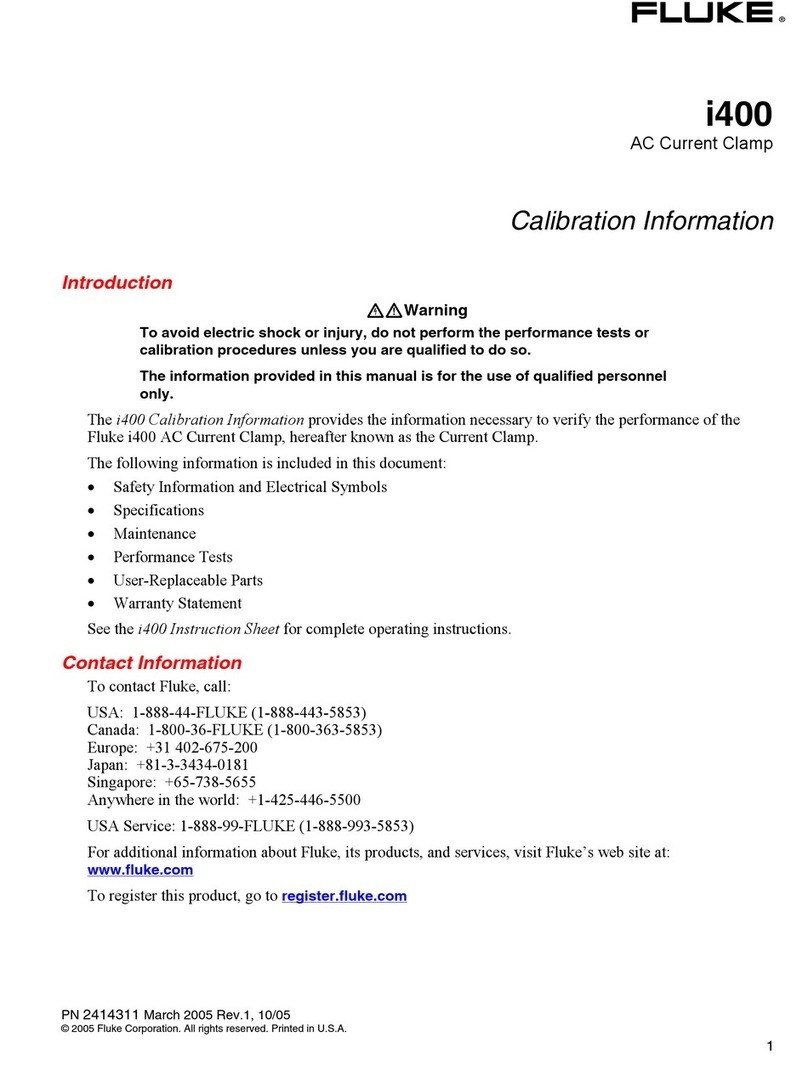Fluke 5623B User manual
Other Fluke Test Equipment manuals
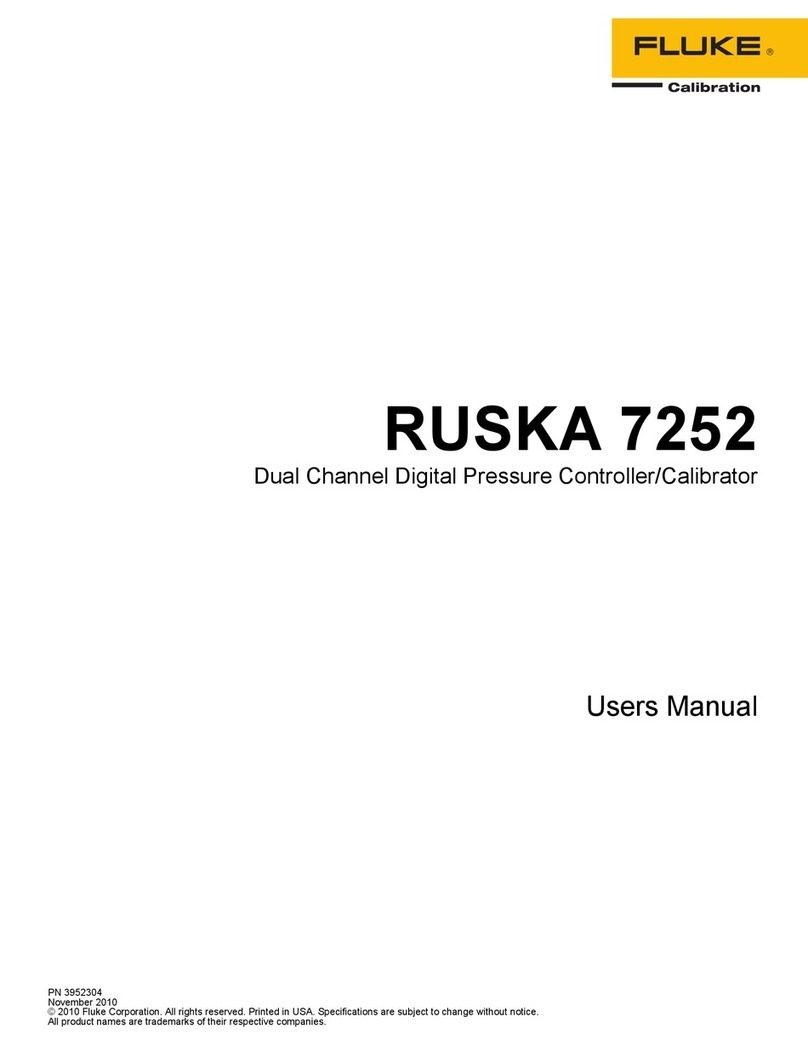
Fluke
Fluke RUSKA 7252 User manual
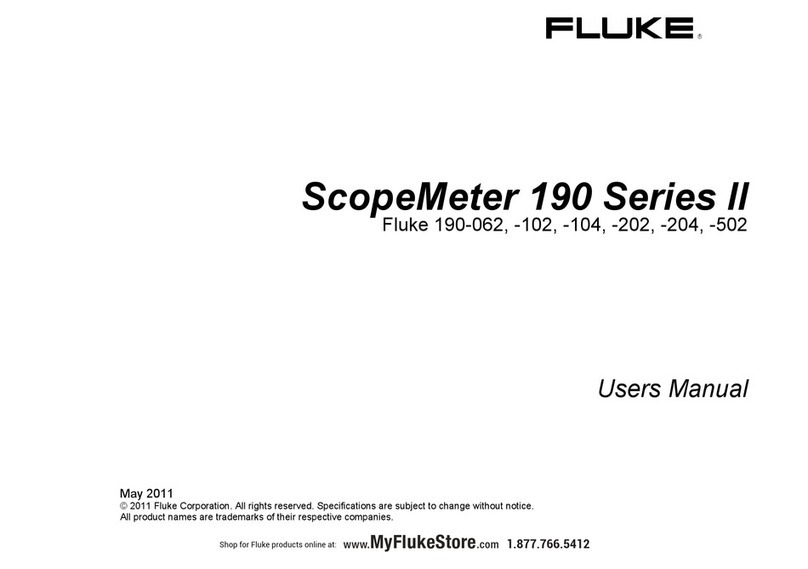
Fluke
Fluke 190-502/AM User manual

Fluke
Fluke TS 30 User manual

Fluke
Fluke DTX-PCU6S User manual
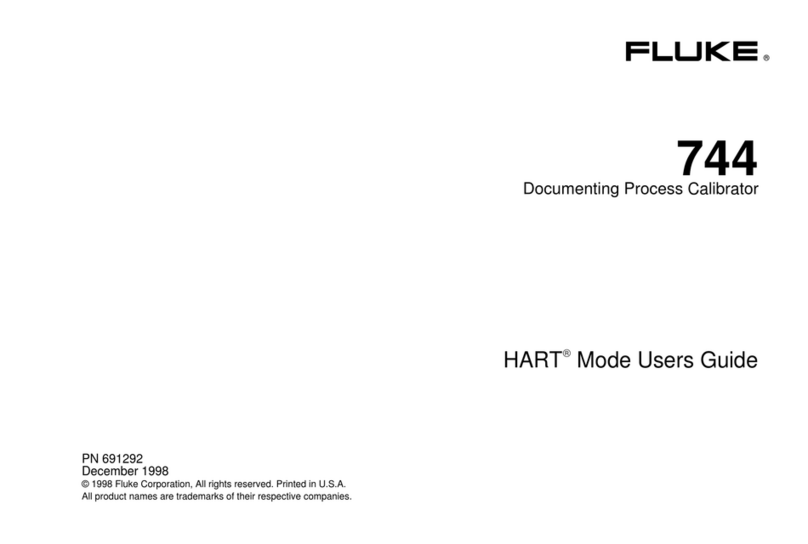
Fluke
Fluke HART 744 User manual
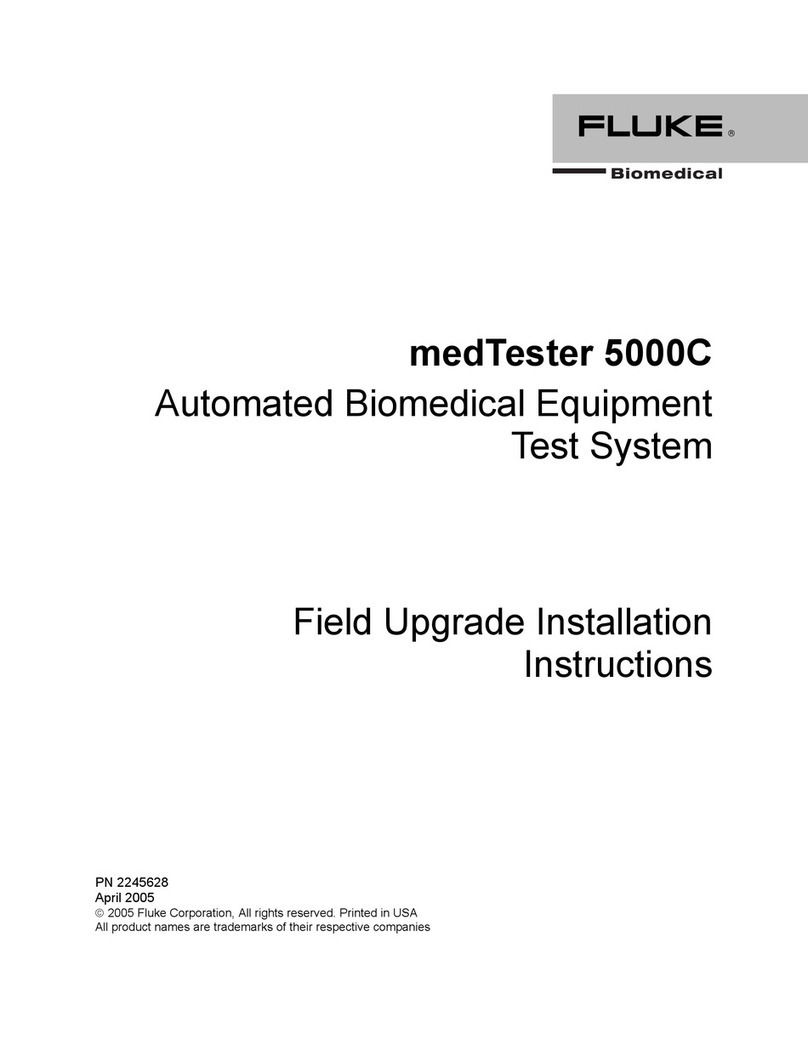
Fluke
Fluke Network Device MedTester 5000C User manual
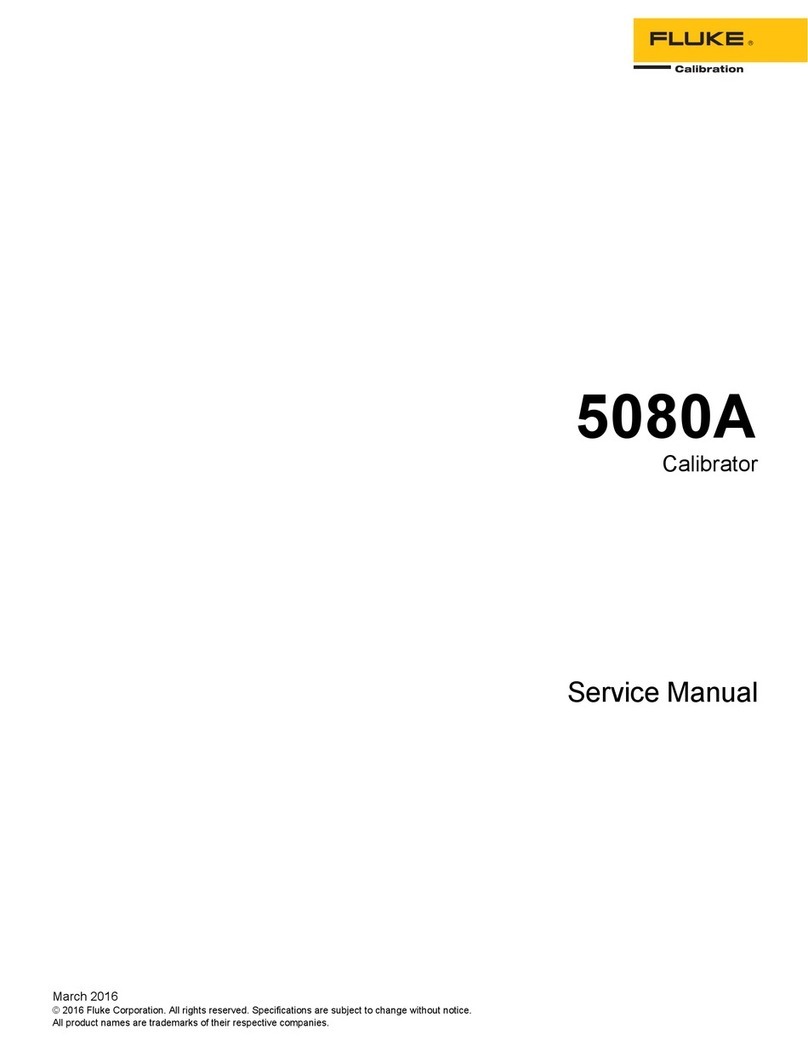
Fluke
Fluke 5080A User manual
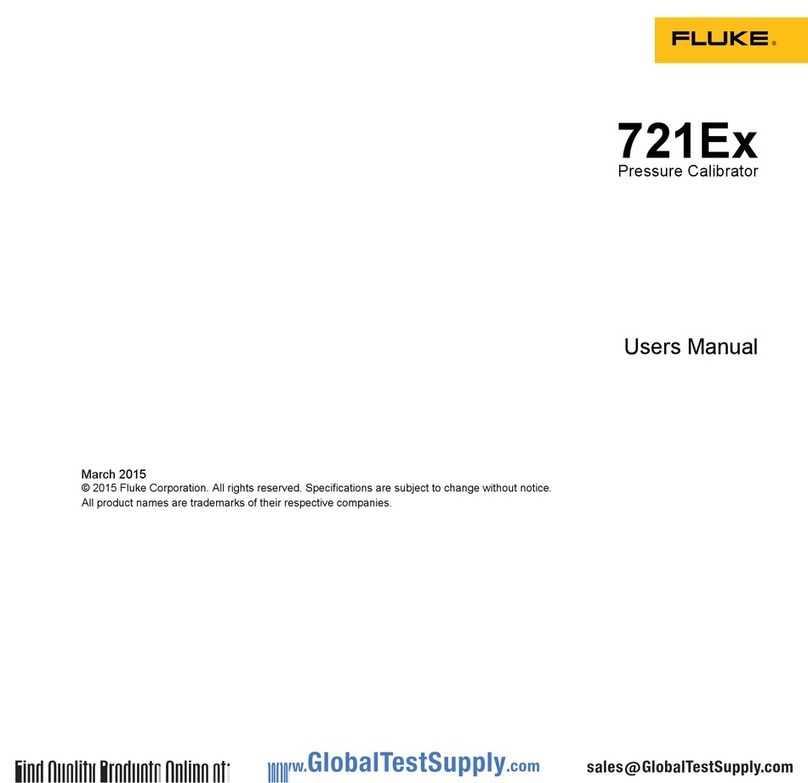
Fluke
Fluke 721Ex User manual
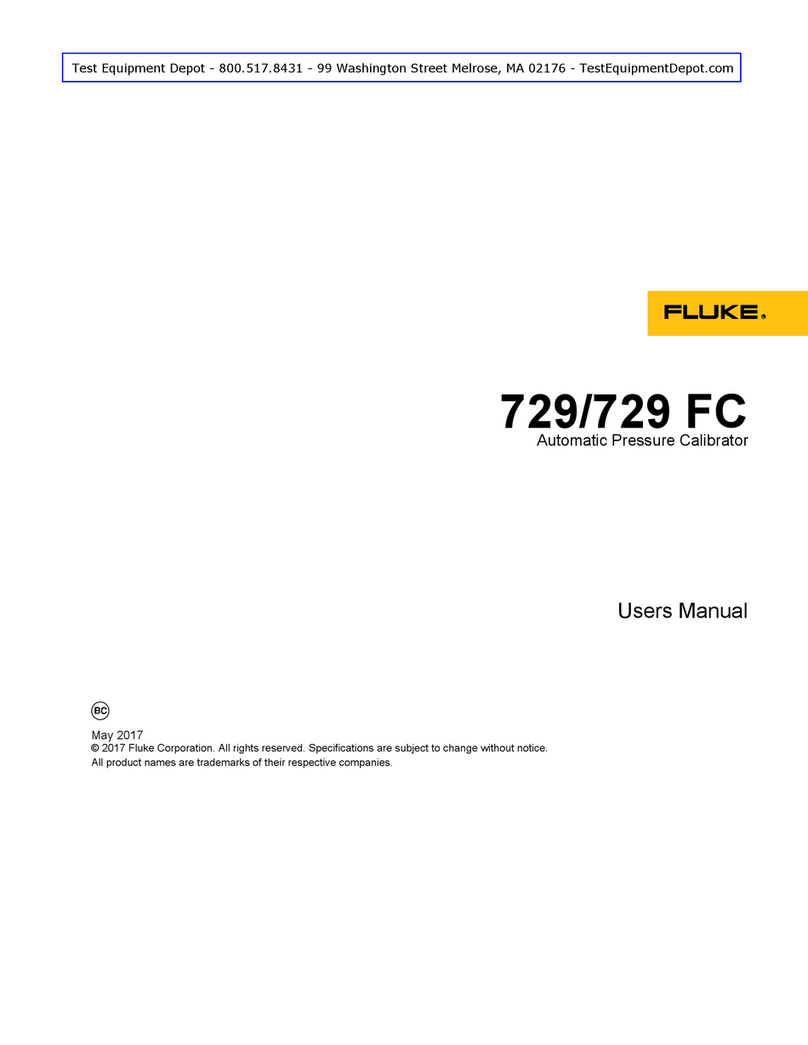
Fluke
Fluke 729 User manual
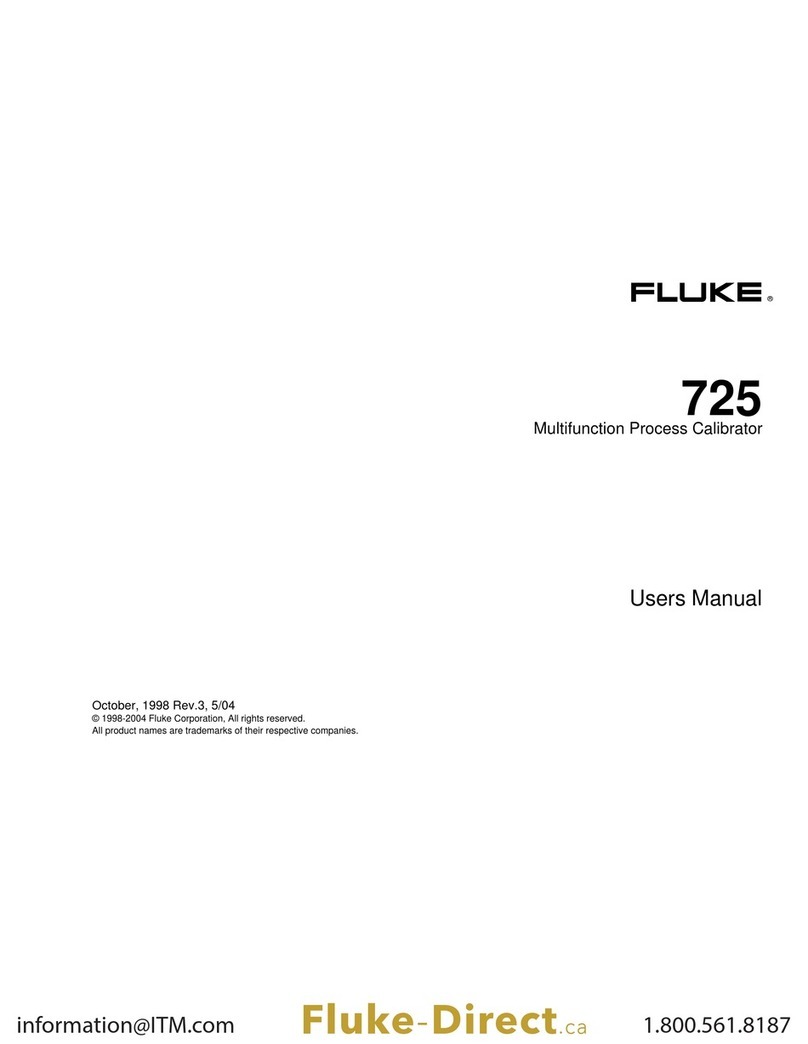
Fluke
Fluke 725/FPC User manual
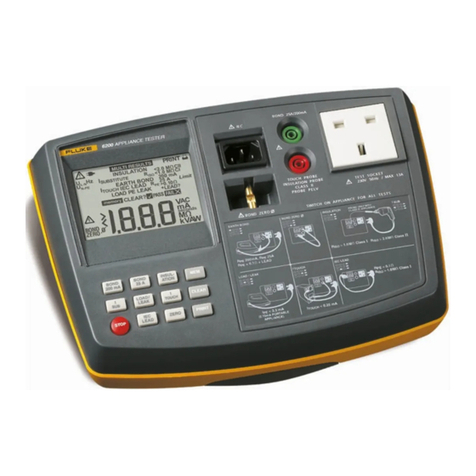
Fluke
Fluke 6200 User manual
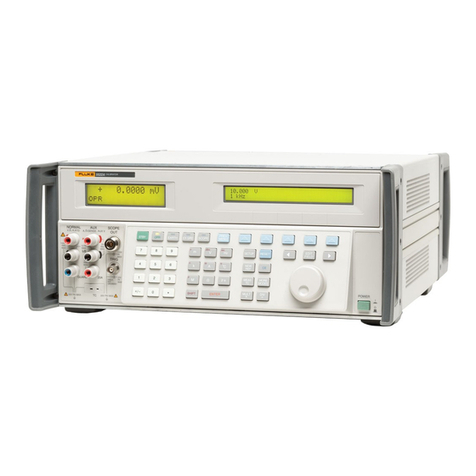
Fluke
Fluke 5520A Service User manual
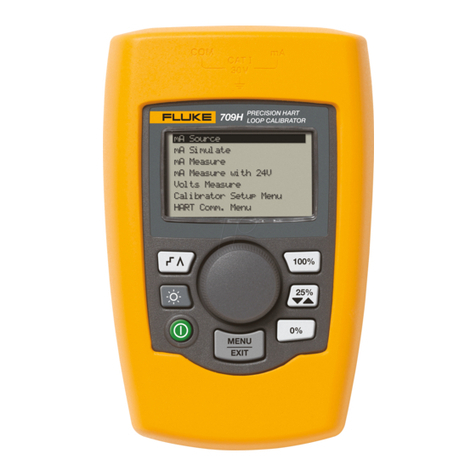
Fluke
Fluke 709 User manual
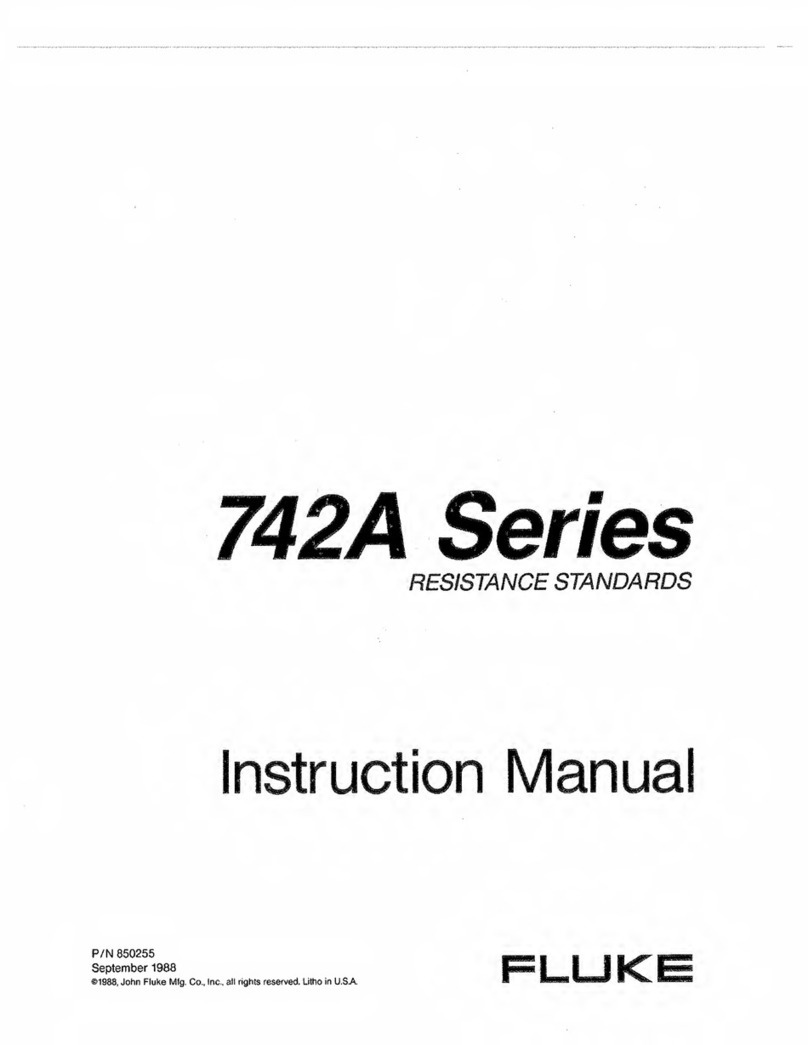
Fluke
Fluke 742A-10k User manual
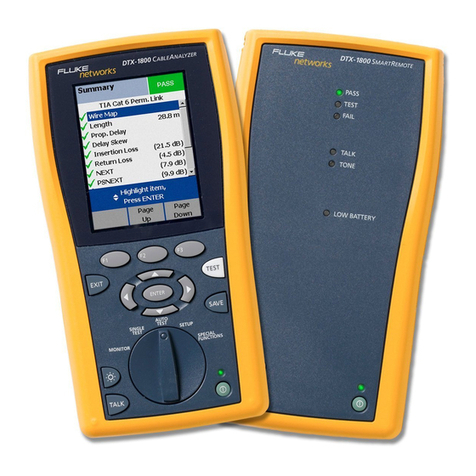
Fluke
Fluke DTX Series User manual
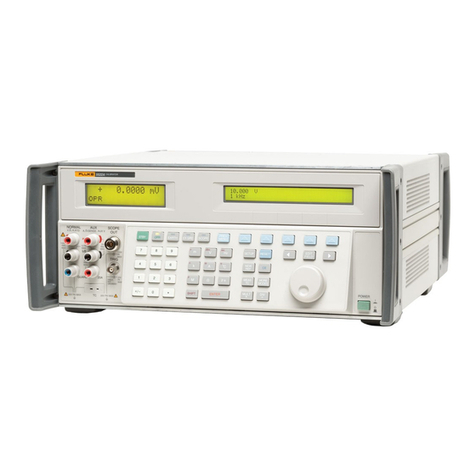
Fluke
Fluke 5522A Operators User manual

Fluke
Fluke LinkRunner AT 1000 User manual
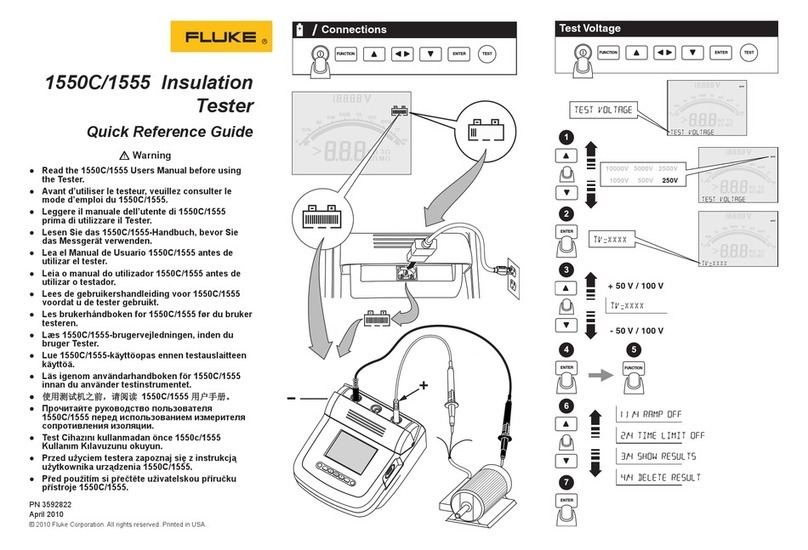
Fluke
Fluke 1550C User manual
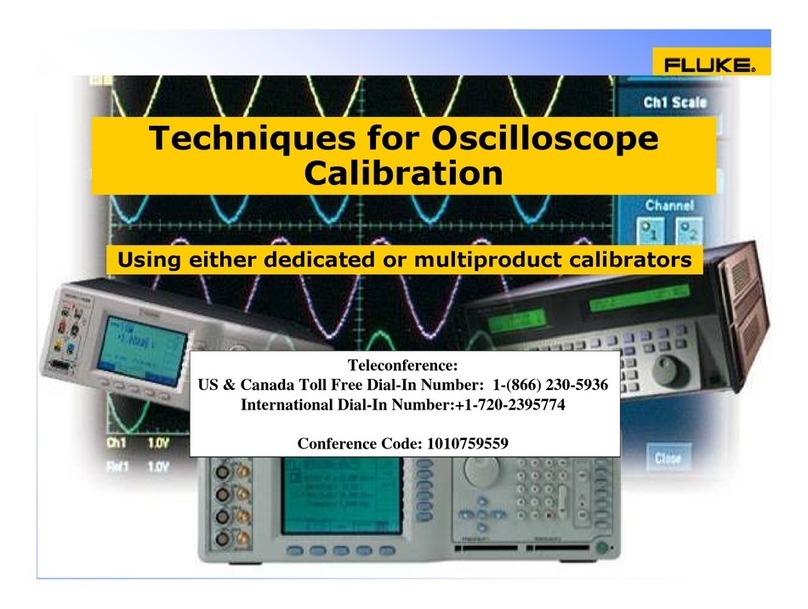
Fluke
Fluke Oscilloscope Calibration User manual
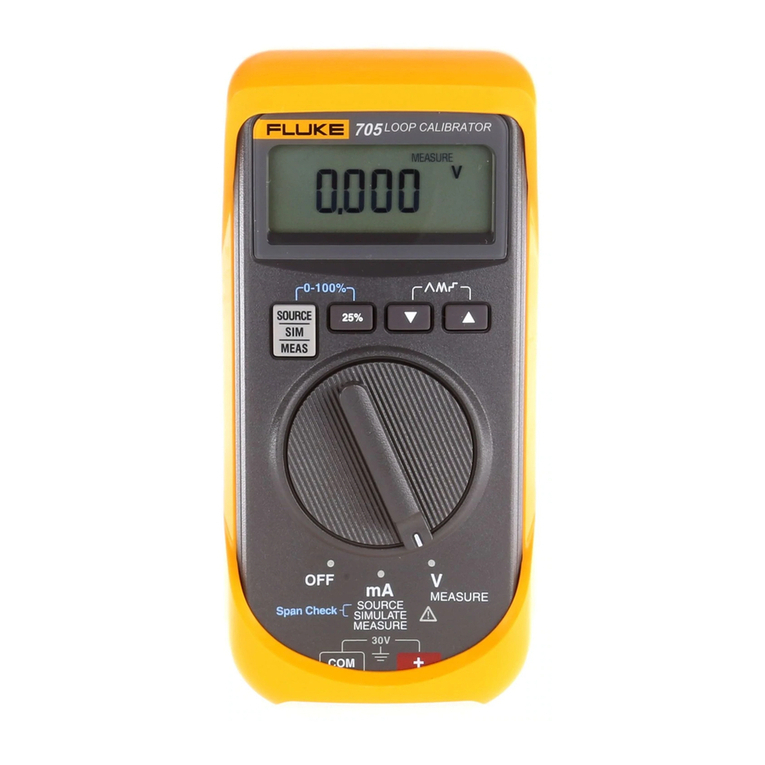
Fluke
Fluke 705 User manual
Popular Test Equipment manuals by other brands

Redtech
Redtech TRAILERteck T05 user manual

Venmar
Venmar AVS Constructo 1.0 HRV user guide

Test Instrument Solutions
Test Instrument Solutions SafetyPAT operating manual

Hanna Instruments
Hanna Instruments HI 38078 instruction manual

Kistler
Kistler 5495C Series instruction manual

Waygate Technologies
Waygate Technologies DM5E Basic quick start guide

StoneL
StoneL DeviceNet CK464002A manual

Seica
Seica RAPID 220 Site preparation guide

Kingfisher
Kingfisher KI7400 Series Training manual

Kurth Electronic
Kurth Electronic CCTS-03 operating manual

SMART
SMART KANAAD SBT XTREME 3G Series user manual

Agilent Technologies
Agilent Technologies BERT Serial Getting started


